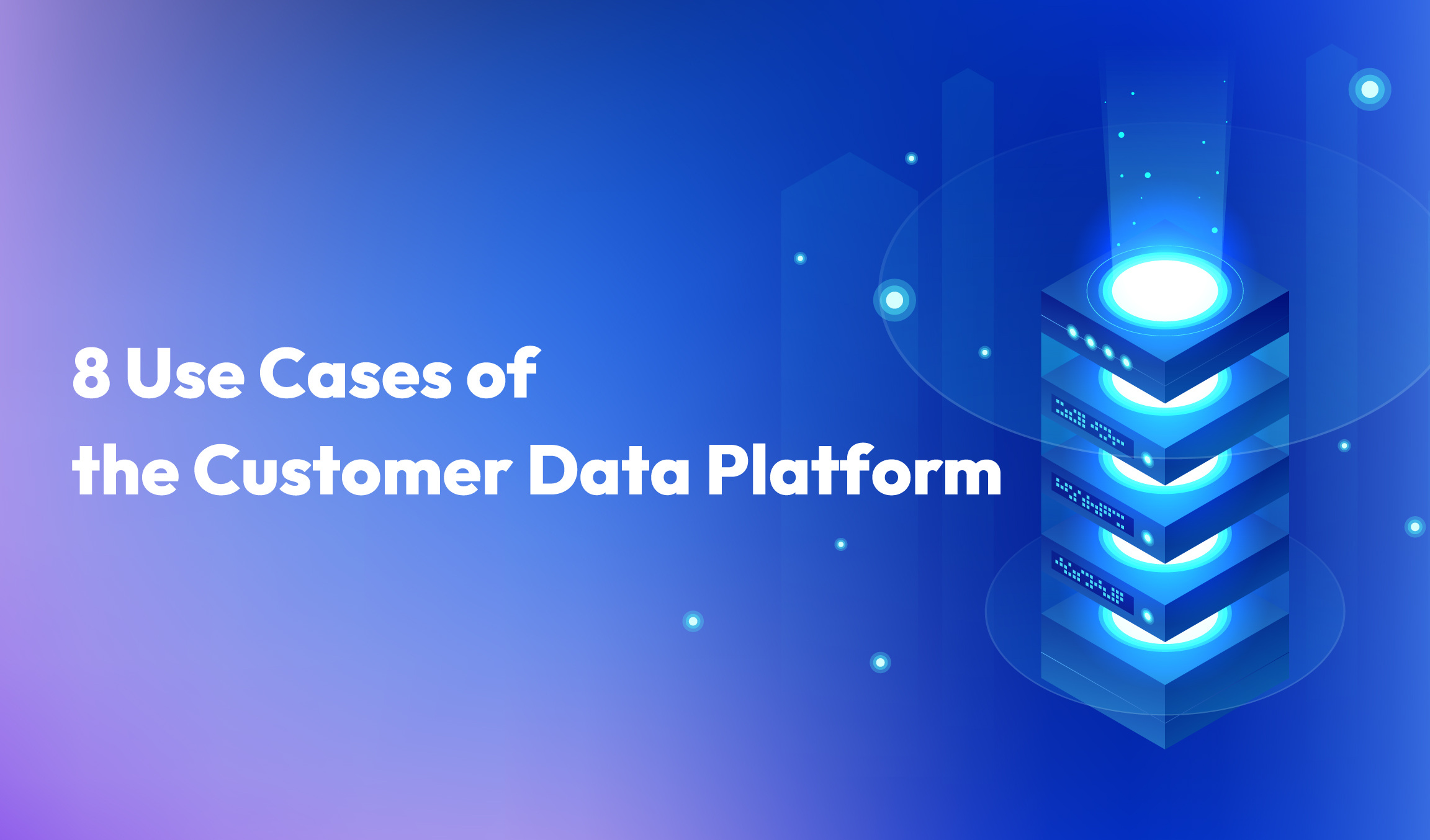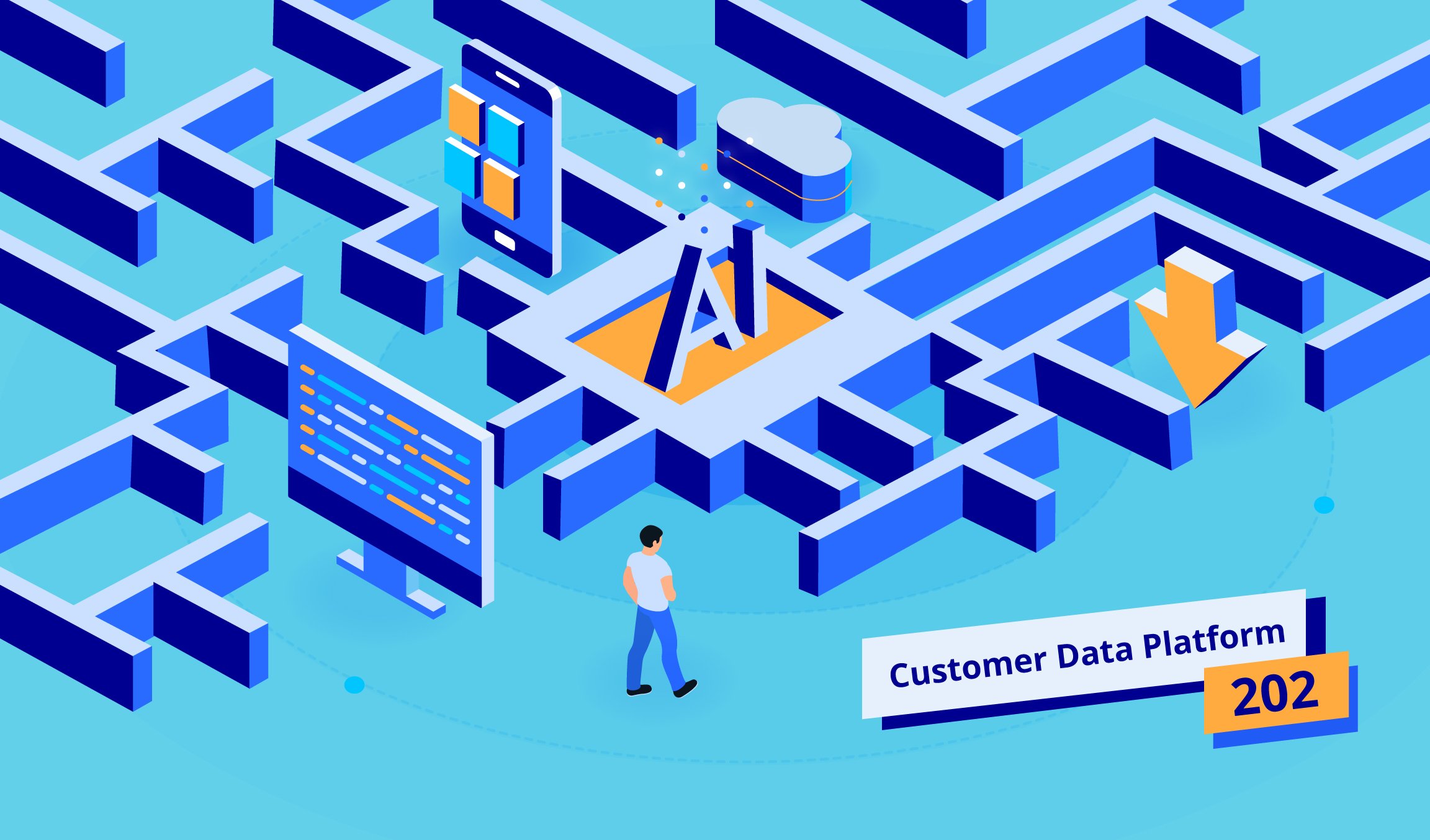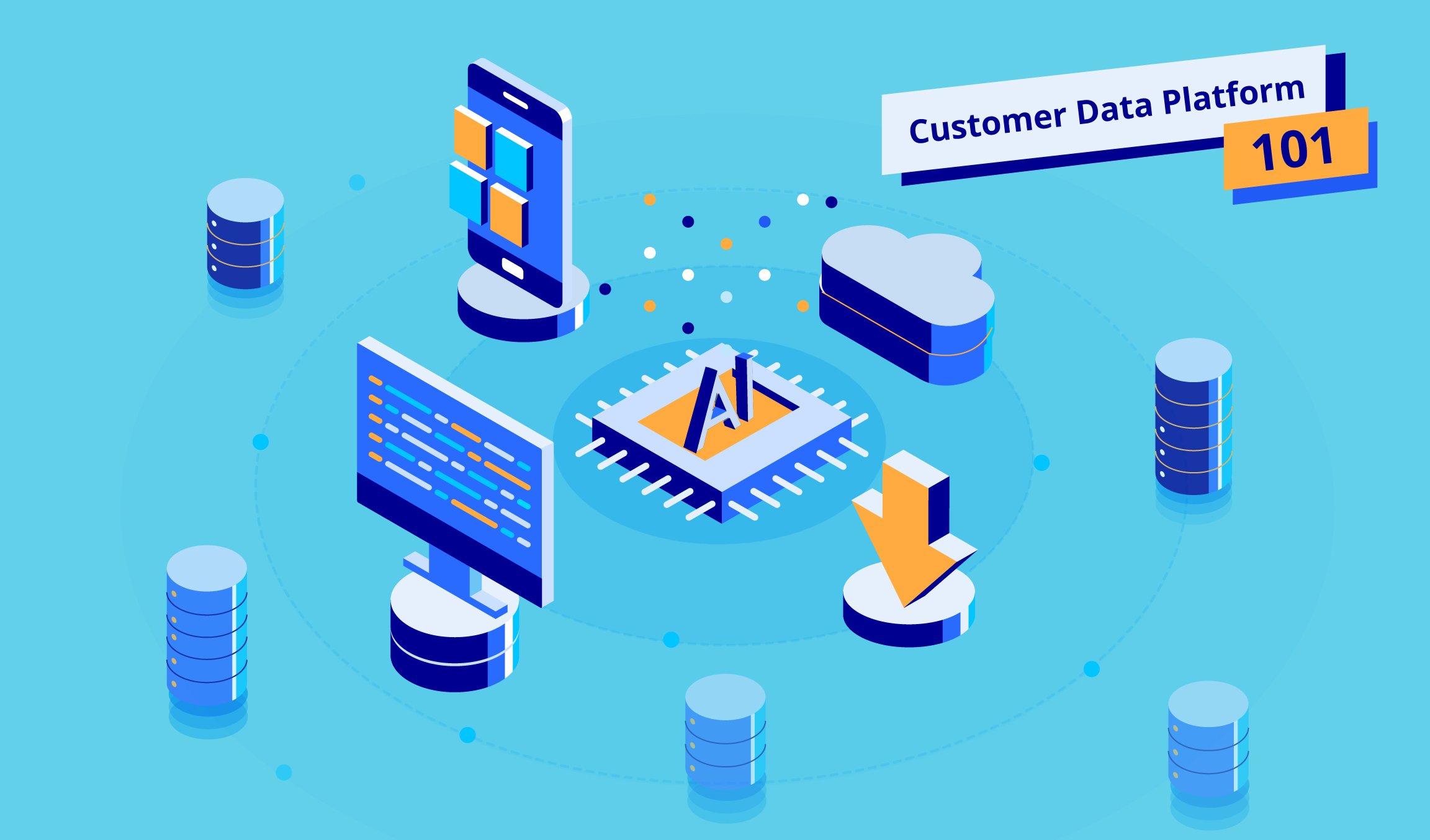3 min read
Marketers have more data than ever at their fingertips, but how to make sure you are using the data to its full potential? Big data analytics can unlock the power of data, and offer insights on customer habits, interests and trends, helping you predict their future actions and plan your marketing campaigns accordingly.
What Is Big Data Analytics?
Big data refers to not only the huge amounts of data, but also the varied and numerous different types of data sets. This data includes customer behaviors like spending habits and interests, consumer trends, as well as hidden patterns and correlations that can help illuminate current market fluctuations.
Marketers can make sense of this data through the methodology of big data analytics, which is a form of advanced analytics, requiring high-performance analysis systems. For many companies, the investment can really pay off.
What Are the Benefits of Big Data Analytics?
Knowledge is power, as the old adage goes. Big data analytics can unlock an enormous amount of knowledge about what your customers want, do, fear and dislike on your channels, but also on external websites. It can also provide unique insights on seemingly unrelated aspects of your customers’ lives – these might seem immaterial, but they can all help you cater better to your audience.
As well as telling you what is currently happening in the market, big data analytics can provide a glimpse into the future. By leveraging artificial intelligence (AI) to advanced statistical modelling techniques, you can predict with a high degree of precision how your customers will behave based on their past actions and real-time intent. This helps you plan for the future – for example, by adjusting supply stock based on how well a certain item is likely to sell this season, or sending personalized product recommendations to increase share of wallet.
Big data analytics can also help you unlock new revenue opportunities, market more effectively, offer a more highly tailored and more personal customer service, improve your operational efficiency and gain a competitive edge over your rivals.
It all adds up to a higher return of investment (ROI).
How Does Big Data Analytics Work?
Big data often includes unstructured and semi-structured data types that pose unique challenges to data analysts – because of their nature, these types of data often do not fit in traditional data warehouses which were developed to handle more structured data sets. Also, these warehouses may not be able to handle the intense processing demands posed by big data analytics. As such, big data analytics is often handled by NoSQL databases, as well as Hadoop and its companion data tools.
Raw data is usually deposited into a Hadoop data lake, where it can be managed and prepared for the various analytic processes synonymous with big data analytics. These are:
- Data mining (sifting data sets to find patterns)
- Predictive analytics (forecasting future customer behavior)
- Machine learning (leveraging algorithms to analyze large data sets)
- Deep learning (using neural networks to process large volumes of scattered data)
- Text mining (using natural language processing to analyze written text from sources like the web, comment fields, social media and books)
How Is Big Data Analytics Used Today?
Big data analytics is becoming increasingly key across a number of industries. Among them are:
- Banking. Large volumes of unstructured data can provide financial institutions with vital insights so they can make more accurate financial decisions.
- Health care. Big data analytics can be applied to disparate patient information like records, health plans and insurance details to provide vital diagnoses and treatment options.
- Retail. By analyzing the copious amounts of customer data generated by online activities, loyalty programs and purchasing histories, e-commerce sites can gain a more intimate understanding of their customers’ needs in order to serve them better.
- Manufacturing. Supply chains, labor constraints and equipment breakdowns are just three areas where big data analytics can be applied, creating new cost-saving measures and revenue opportunities for manufacturing firms.
- Life sciences. Improving speed and efficiency is a key application of big data analytics when it comes to the methodical, slow-moving world of research-led life sciences.
Big data analytics has a myriad of applications in all kinds of industries, improving firms’ efficiency and helping them thrive in ever more competitive marketplaces.
Want to know more about how you can leverage AI to make the most of your data to improve business efficiency, optimize marketing strategies, and boost ROI? Get in touch with us today.



